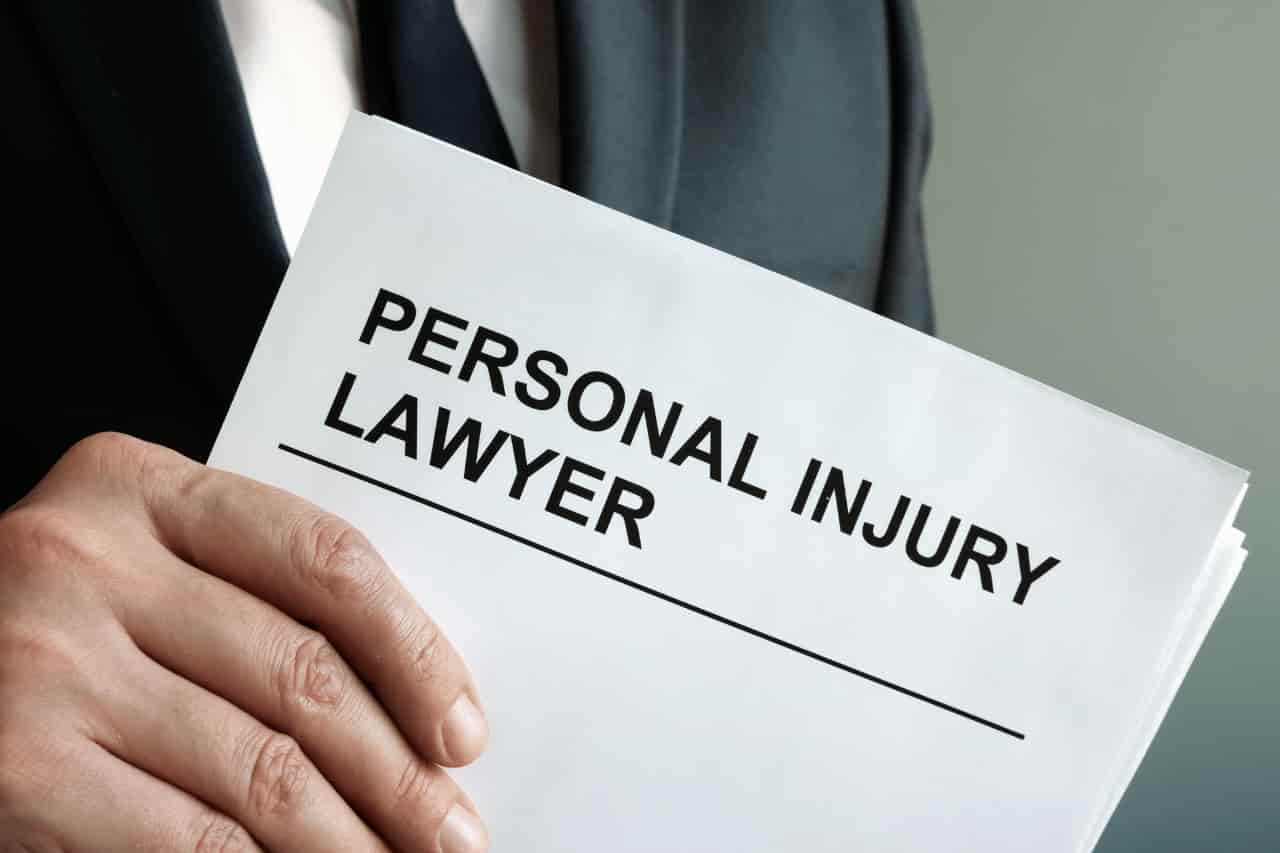Top N.Y.C. Civil Rights And Police Brutality Lawyers

A national reputation exists for the proficiency of Gair, Gair, Conason, Rubinowitz, Bloom, Hershenhorn, Steigman&Mackauf in civil rights in connection with police wrongdoing. The representation of the Diallo family for the wrongful death of their son Amadou, who was shot at 41 times by officers of the New York City Police Department’s Street Crimes Unit, was one of the firm’s most well-known cases of N.Y.C. police brutality. Contact us immediately for a free consultation if you or a loved one in N.Y.C. was the victim of police wrongdoing.
One of the most high-profile police brutality lawyer cases in New York City was the AmaduDiallo case. The national media gave the Diallo case a lot of attention. Robert Conason and Anthony Gair, partners at GGCRBHS&M and media members, headed the legal team that ultimately persuaded the City of New York to give the Diallo family $3 million. The City of New York has never paid a sum this substantial in a wrongful death case involving a single person who had no dependents.
Title 42, Section 1983 of the United States Code (42 U.S.C. 1983) contains the official text of the Civil Rights Act of 1871. It essentially guards against the government or any other government-affiliated body, taking away any American citizen’s constitutional rights and privileges.
Civil Case Of Police Brutality Lawyer
A plaintiff in a civil rights case under the 1983 Civil Rights Act must prove one of the following things in order to win the United States Constitution or laws and (2) that this deprivation was carried out by someone or something acting in violation of state law. Municipal accountability under Section 1983 arises from officially proclaimed ordinances, regulations, and departmental instructions when they result in the denial of constitutional rights. Municipalities are responsible for de facto policies or practices that result in constitutional deprivation under Section 1983. Everyday actions that reflect a general guideline, custom, training, or pattern of official behavior that even subtly encourages conduct that deprives people of their constitutional rights meet the requirements of Section 1983.
Being Aware of Police Brutality
It might be challenging to determine whether your rights were violated following a poor encounter with the police. If you were hurt or lost something as a result of the contact. It is always worth talking about what happened with an experienced lawyer. The use of excessive force, wrongful or illegal arrests. And false imprisonment are the most common allegations in charges of police brutality. The following summarizes these allegations, but you should always talk to a knowledgeable police brutality lawyer about your particular situation.
Excessive Force –
When police and other law enforcement respond to a situation by using more physical force.And than is necessary to control the situation, an excessive force allegation may be made. Frequently, police officers beat people without justification or utilizing power. In Pennsylvania, police are permitted to use physical strength in order to make an arrest. Officers may use Tasers or another party to make an arrest if a subject is resisting them. Notably, the level of force employed must be appropriate, given the circumstances.

For instance, an officer may only use force proportionate to the energy used by the suspect if the suspect attempts to shove the officer away with their hands. When an officer uses excessive force in comparison to the power used by the suspect, the suspect’s rights are violated.
Problems
Using fatal force against a suspect by an officer is one of the most frequent problems. Only when an officer thinks they are in danger of being killed can they use deadly force. Or severe physical harm. For instance, if the suspect draws a pistol, the police officer has the right to defend himself. And by using lethal force, usually by firing their own weapon. On the other hand, an officer does not have the right to shoot a suspect who throws a punch at them.
Additionally, it is not permissible to use deadly injury just because a person is eluding capture. Although it was once legal for police to use deadly force against anyone. It accused of committing a felony, this is no longer the standard. To use lethal force today. An officer must now have a solid reason to believe that a fleeing suspect poses a grave threat to the public. Police overreach can result in fatalities or serious injuries. This is usually a complicated case that needs careful examination by a lawyer familiar with laws against police brutality.




